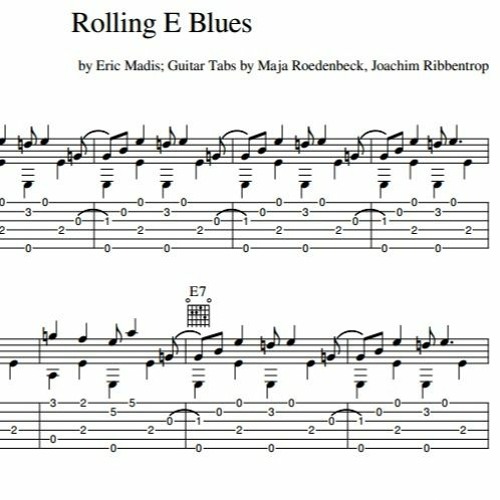

Usually, most of those will be chord tones of the chord you're looking for. Look at the note that you want to harmonize with a chord plus the notes that follow. Again, if the key doesn't match, transpose the chords.ģ. Listen to a recorded version of the song and try to match the chords by ear. If the chords aren't in the same key as the melody, then transpose them to match your chosen key for the melody.Ģ. If you don't know the chords, you can try the following.ġ. Question: When playing guitar, how do you decide what chord sounds best with any particular part of the melody?Īnswer: When playing guitar, use the chords that the songwriter chose when he/she wrote the song. Greensleeves Lesson with full tab and notation and audio. within the first four frets, and keep your melody on the higher-pitched strings, and clear of the chords underneath. For now, you should stick to the 'nut position' i.e.

Playing higher up the fretboard on the upper (higher-pitched) strings works well, but requires more knowledge of chord shapes on the lower strings in higher fretboard positions. You don't want it to be too low in pitch, or you'll have no room to play the chords. Choosing where on the fretboard to play your melody is important. If you can whistle or hum it, you can find it. To make a fingerstyle guitar arrangement of an existing song, first find the melody on your guitar, or from a tab site if your ear isn't up to it. Step 3 - Combine melody and chords rhythmically.ĭue to copyright restrictions, I can only use as an example a song that's in the public domain, so we'll use Greensleeves as it's very well known.This is a simple 3-step technique for making complete fingerstyle guitar arrangements that I've taught successfully over the years to my guitar students. Making a Simple Fingerstyle Guitar Arrangement It's not essential but it's considered the most efficient technique and is the method used in classical guitar playing. For example, when playing a line or phrase of melodic notes on the same string, try to avoid using the same finger twice in a row. We commonly use it when playing fingerstyle guitar accompaniments, so we often use it in solo fingerstyle guitar playing too, but we also very often have to change it, depending on the song. Keep in mind that it's just a default position. The default position for your fingers is: index finger plays string 3, middle finger plays string 2 and ring finger plays string 1. Use your fingers to play melody notes and chord notes. (In most cases, bass notes will be the lowest pitched root note of the chord being played). For your picking-hand, use your thumb to play bass notes.


 0 kommentar(er)
0 kommentar(er)
